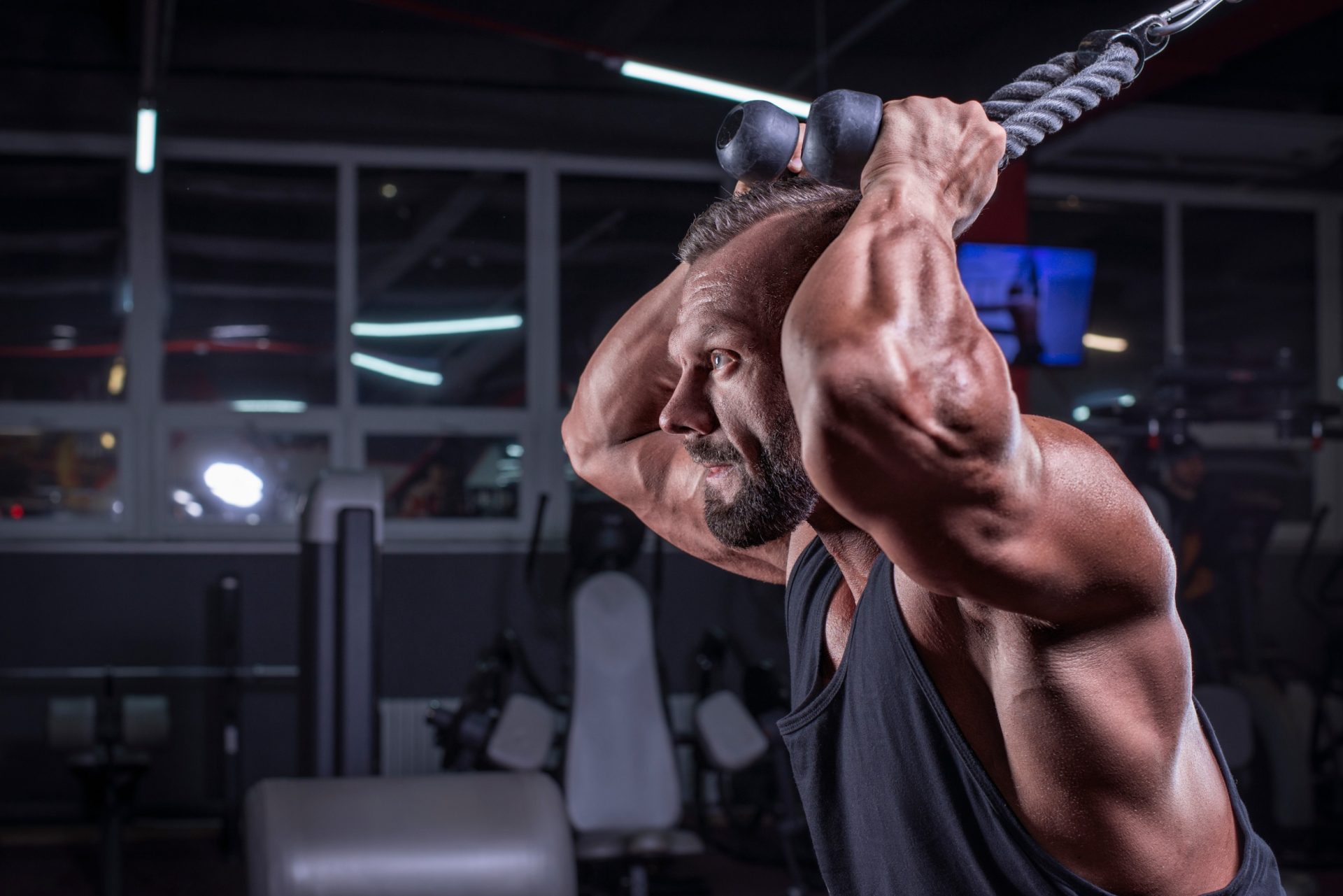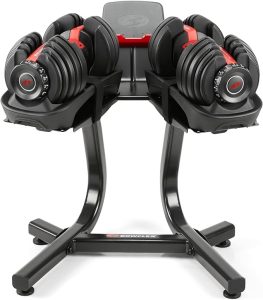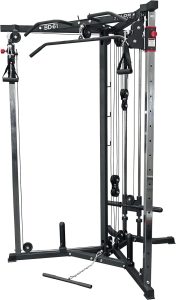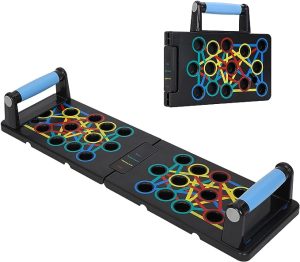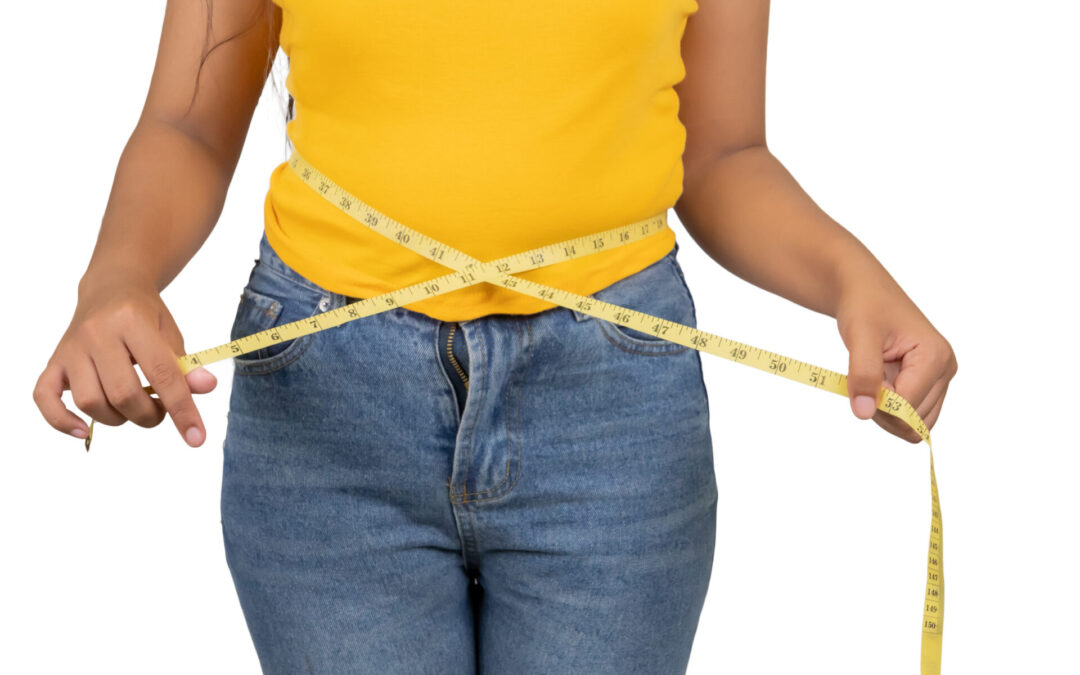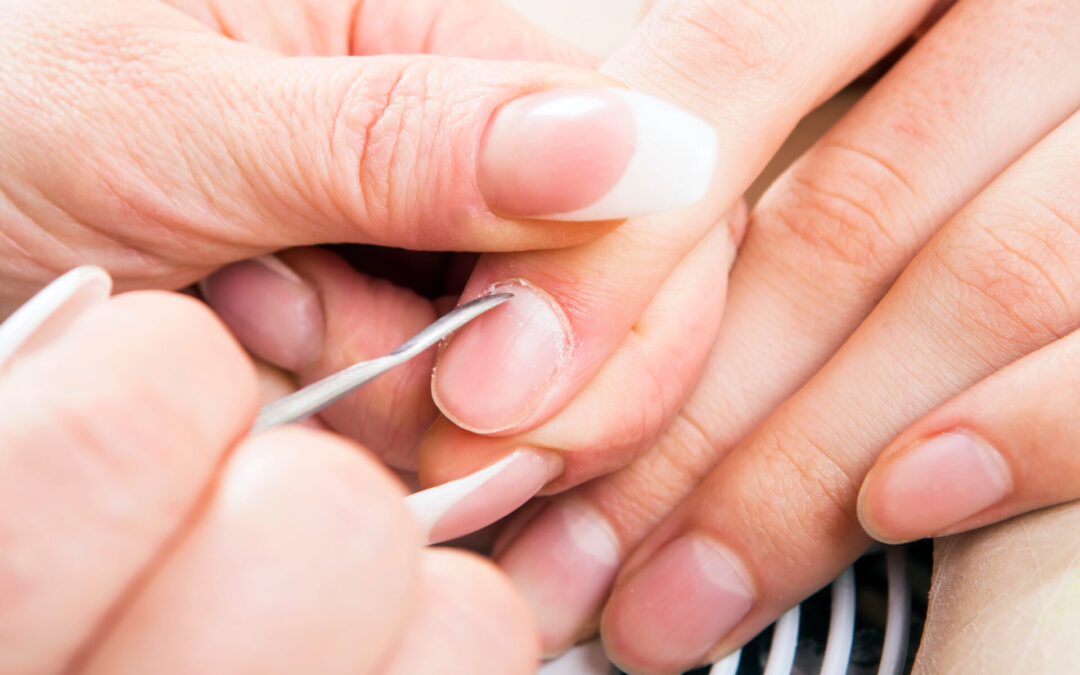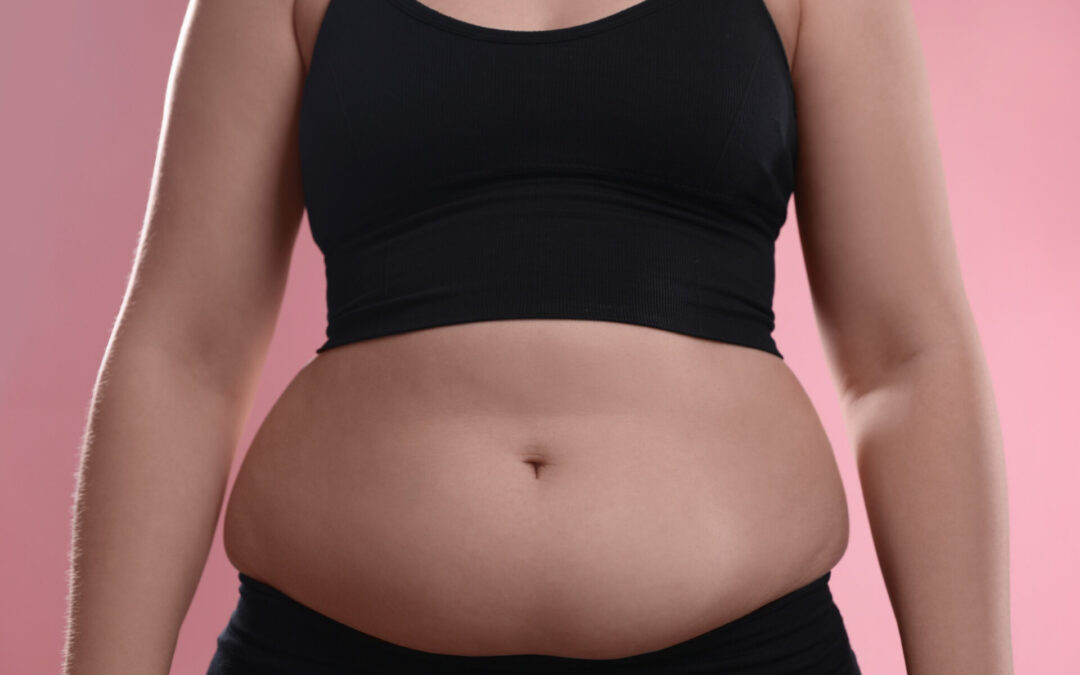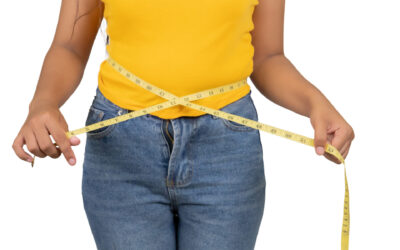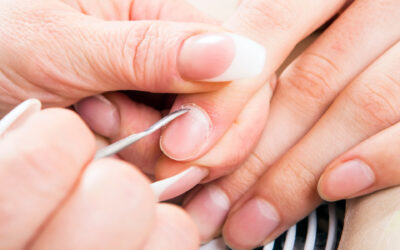Watch the Video Below to Learn How to Workout the Medial Head of the Tricep
Welcome to a transformative journey towards sculpting powerful triceps! In this exclusive article, we delve into the often-overlooked realm of tricep training – specifically honing in on the Medial Head. Our expert trainers have curated a comprehensive guide that not only discusses the anatomy and importance of the medial head but also demonstrates a range of targeted exercises to amplify its strength and definition. To make this experience even more engaging, we’ve included an accompanying video featuring step-by-step instructions and proper form demonstrations for each exercise. Whether you’re a fitness enthusiast looking to refine your arm routine or a beginner eager to learn the essentials, this article and video combo is your ultimate resource for achieving tricep mastery. Get ready to unlock the secrets to a well-defined and powerful set of triceps – let’s dive in!
The Medial “Inner Head” of the Tricep Overview
The medial head of the tricep, often referred to as the “inner head,” is a crucial component of the triceps brachii muscle group, situated on the back of the upper arm. While the lateral and long heads of the tricep are more commonly emphasized in many workout routines, understanding and targeting the medial head is key to achieving a well-rounded and fully developed set of triceps. The medial head contributes significantly to the overall thickness and definition of the triceps, playing a vital role in movements that involve elbow extension. By focusing on exercises that specifically activate the medial head, individuals can enhance the symmetry and aesthetics of their arms, ultimately achieving a more balanced and sculpted appearance. Incorporating targeted medial head exercises into your tricep training regimen is a strategic approach to unlocking the full potential of this muscle group and attaining comprehensive arm strength and aesthetics.
Different Parts of the Tricep Muscle
The triceps brachii, commonly known as the triceps, is a three-headed muscle located on the back of the upper arm. Each of its heads has distinct origins and functions, contributing to the overall strength and appearance of the arm.
- Long Head: The long head originates from the scapula (shoulder blade) and runs down the back of the arm. It plays a significant role in shoulder extension and contributes to the overall mass of the triceps.
- Lateral Head: Situated on the outer side of the arm, the lateral head provides width to the triceps. It originates from the humerus (upper arm bone) and is heavily involved in elbow extension, particularly during pushing movements.
- Medial Head: The medial head is located on the inner side of the arm, closer to the body’s midline. While it may be less prominent, targeting the medial head is crucial for achieving complete triceps development. It contributes to the overall thickness and definition of the triceps and is engaged in various elbow extension exercises.
Understanding the distinct roles of each tricep head allows for targeted training, ensuring a well-balanced and aesthetically pleasing arm development. Incorporating exercises that emphasize each head can lead to comprehensive triceps strength and an impressive overall arm appearance.
Workout Equipment that Will Help
1. Bowflex SelectTech 552 Adjustable Dumbbells and Stand
2. Valor Fitness Cable Machine
How to Focus on Working Out the Medial Head of the Tricep
Effectively targeting the medial head of the tricep involves incorporating specific exercises and techniques into your workout routine. Here’s a guide on how to focus on working out the medial head for optimal development:
- Overhead Tricep Extension:
- Sit or stand with a dumbbell held overhead.
- Lower the weight behind your head, keeping your upper arms close to your ears.
- Focus on the stretch and contraction of the triceps, emphasizing the medial head.
- Skull Crushers (Lying Tricep Extensions):
- Lie on a flat bench with a barbell or dumbbells in hand.
- Lower the weight towards your forehead, then extend your arms.
- Keep your elbows in and focus on the squeeze in the medial head at the top of the movement.
- Cable Kickbacks:
- Use a cable machine with a single-handle attachment.
- Stand facing the machine, hinge at your hips, and extend your arm backward.
- Emphasize the contraction in the medial head by keeping your upper arm stationary.
- Close-Grip Bench Press:
- Perform a bench press with your hands closer together.
- This variation places more emphasis on the triceps, particularly the medial head.
- Diamond Push-Ups:
- Assume a push-up position with your hands close together, forming a diamond shape.
- Lower your chest towards your hands, engaging the triceps, especially the medial head.
- Reverse Grip Tricep Pushdowns:
- Use a cable machine with a reverse grip (palms facing up).
- Push the bar down, focusing on the contraction in the medial head.
- Single-Arm Dumbbell Tricep Kickback:
- Support yourself on a bench with one knee and hand.
- Extend a dumbbell behind you, emphasizing the squeeze in the medial tricep head.
Remember these key tips:
- Focus on controlled, deliberate movements to maximize muscle engagement.
- Use a variety of rep ranges (e.g., lower reps for strength, higher reps for endurance).
- Ensure proper form to avoid injury and effectively target the intended muscle.
Incorporate these exercises into your tricep workout routine, and over time, you’ll notice enhanced development and definition in the medial head of your triceps. Adjust the weights and intensity based on your fitness level and goals.
How Often Should You Exercise Your Triceps?
The frequency of triceps workouts depends on various factors, including your fitness goals, overall workout routine, and individual recovery capacity. Here are some general guidelines to help you determine how often you should exercise your triceps:
- Training Split:
- If you follow a split routine (working different muscle groups on different days), you might dedicate one or two days a week specifically to triceps.
- For example, in a push-pull-legs split, triceps could be trained on push days along with chest and shoulders.
- Full-Body Workouts:
- If you prefer full-body workouts, you might include triceps exercises in each session but with lower volume.
- Ensure that you allow adequate recovery time between full-body workouts.
- Recovery Time:
- The triceps, like any muscle group, need time to recover and grow. Overtraining can lead to fatigue, decreased performance, and increased risk of injury.
- Allow at least 48 hours of rest before targeting the triceps again if you’re doing isolated triceps workouts.
- Intensity and Volume:
- Adjust the intensity and volume of your triceps workouts based on your goals.
- If you’re focusing on strength, fewer reps with heavier weights may require more recovery time.
- For hypertrophy (muscle growth), moderate to high volume with moderate weights may be beneficial.
- Listen to Your Body:
- Pay attention to how your triceps feel during and after workouts.
- If you experience persistent soreness or fatigue, you might need more recovery time.
- Conversely, if you feel ready to train them again, you can consider more frequent sessions.
- Varied Exercises:
- Incorporate a variety of triceps exercises to target different parts of the muscle.
- This allows for more comprehensive development and may influence how often you work them.
Ultimately, there is no one-size-fits-all answer, and individual factors play a significant role. Start with a frequency that aligns with your overall training plan and goals. Monitor your progress, adjust based on your body’s response, and consider consulting with a fitness professional for personalized advice. Balancing frequency with proper recovery is key to achieving optimal results and preventing overtraining.
Should You Workout Triceps on a Dedicated Arm Day or Include in a Push Day?
Whether to work out triceps on a dedicated arm day or include them in a push day depends on your overall training philosophy, goals, and personal preferences. Both approaches can be effective, and the decision may be influenced by factors such as workout structure, training frequency, and recovery considerations.
Dedicated Arm Day:
- Pros:
- Allows focused attention on both biceps and triceps, promoting balanced arm development.
- Provides an opportunity for a variety of isolation exercises to target different parts of the triceps.
- Cons:
- May result in shorter, more frequent workouts, especially if you have a limited number of training days per week.
- Requires additional planning to ensure proper recovery and avoid overtraining.
Include in Push Day:
- Pros:
- Integrates triceps training with other push-related muscle groups like chest and shoulders.
- Can lead to efficient, time-saving workouts by combining muscle groups.
- Mimics real-world movement patterns where triceps play a role in pushing exercises.
- Cons:
- May limit the volume and variety of triceps exercises compared to a dedicated arm day.
- Some individuals may feel that their triceps get less attention compared to larger muscle groups.
Things to Consider:
- Training Split: If you follow a split routine, you might choose a dedicated arm day if you prefer more isolation exercises or a push day if you favor compound movements.
- Goals: If your primary goal is arm hypertrophy, a dedicated arm day might be beneficial. If overall strength or athletic performance is the focus, integrating triceps with push exercises could be advantageous.
- Recovery: Assess your recovery capacity. If you find that including triceps in a push day leaves you fatigued, consider adjusting your training split.
Incorporate variety into your routine and pay attention to how your body responds. Experiment with both approaches and determine which aligns best with your preferences, schedule, and goals. Ultimately, the effectiveness of your triceps training will depend on consistency, progressive overload, and proper recovery.
Zoppler is reader supported and may earn affiliate commissions from links on this page. We support and believe in all the products and services we promote and are affiliated with.

